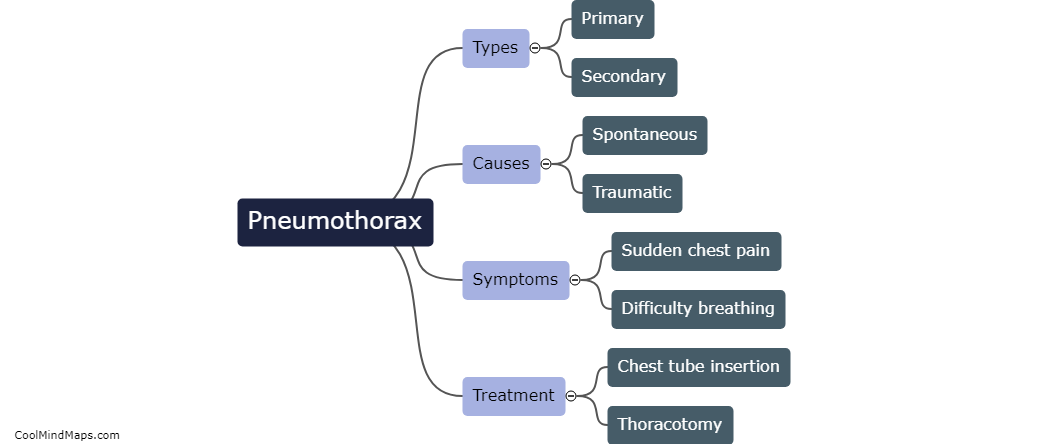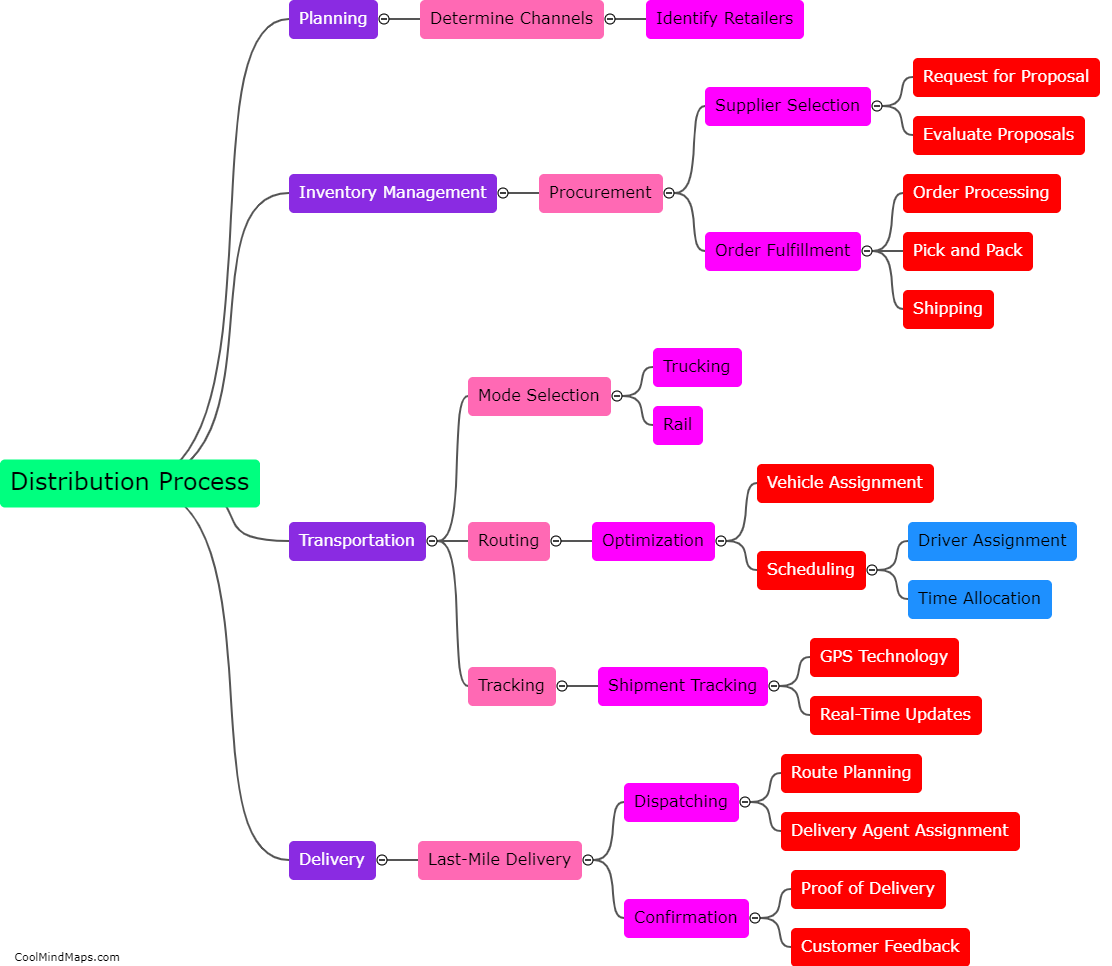What is chemical bonding?
Chemical bonding refers to the attractive forces that hold atoms together in compounds. It involves the sharing or transfer of outermost electrons between atoms in order to achieve stability and fill their valence electron shells. These bonds arise from the electrostatic interactions between positively charged atomic nuclei and negatively charged electrons. There are three primary types of chemical bonds: metallic, covalent, and ionic. In metallic bonding, electrons are delocalized and shared among a network of atoms, giving rise to unique properties like malleability and electrical conductivity. Covalent bonds occur when atoms share electrons, resulting in the formation of molecules. Ionic bonds, on the other hand, involve the complete transfer of electrons from one atom to another to create charged ions that attract one another. Chemical bonding is crucial for the formation of all matter and is responsible for the wide range of properties observed in different substances.

This mind map was published on 25 September 2023 and has been viewed 117 times.











